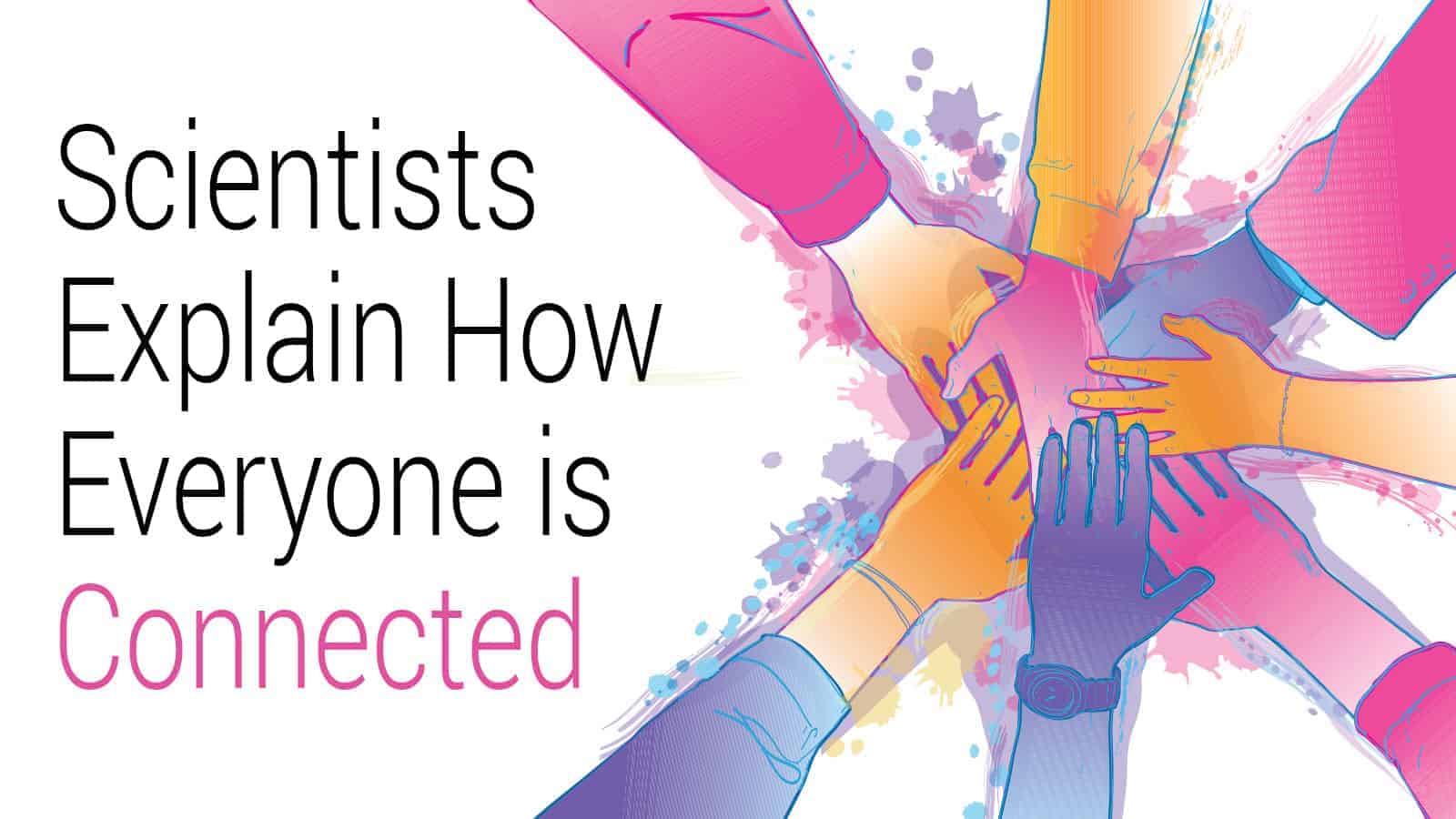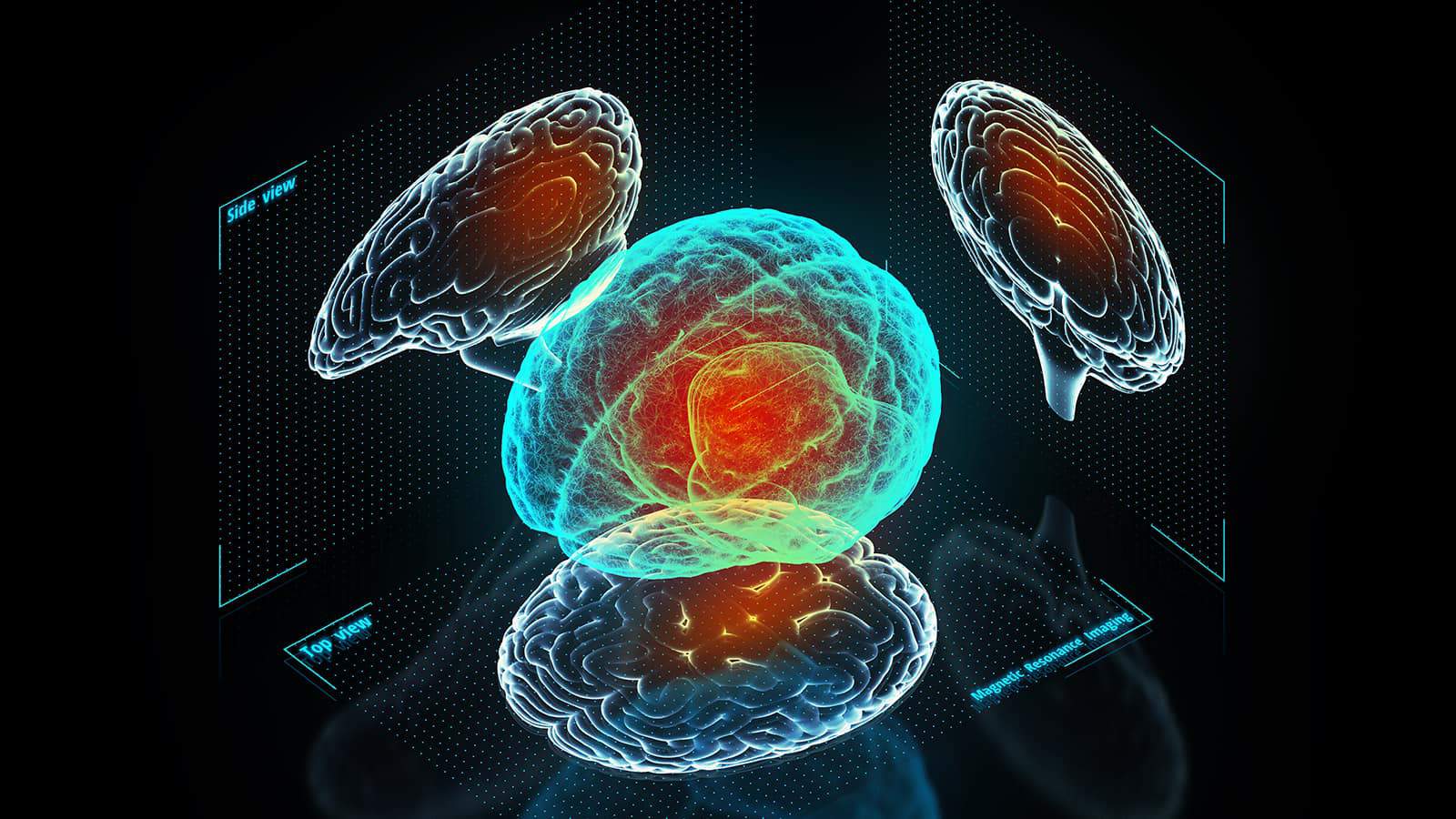We live in a state of perpetual duality and relativity. Separate things seem to be happening all of the time.
What is duality?
In simple terms, duality means the innate, seemingly indisputable belief that we are separate from one another. Meanwhile, “All things are relative” is the individualistic notion that perception is reality.
Most of us unquestioningly accept that we are not affected by the presence or experiences of other human beings, animals, or other living organisms. “Out of sight, out of mind,” in other words.
Duality is also where science dwells. With the scientific method as its core tenet, every branch of science – biology, chemistry, physics, astronomy, and so on – relies entirely on empirical evidence — things you can observe and verify.
There’s nothing inherently wrong with having a materialistic viewpoint of existence. Holding the view that we’re here because of a random series of increasingly unlikely events is fine, even if incorrect.
It’s the outright disregard of subjective and often verifiable experience– that’s the problem.
Weird Science
But still, there are times when we break the mold. There are times when the more significant we experience things that defy rational thought, and science tries to explain them away. These rare happenings garner so much attention that science is compelled or commanded to investigate.
Some of these things are eventually explained away by science – and rightfully and gratefully so. But some of these things aren’t – and may never be.
Unsurprisingly, many topics science studies regarding extraordinary phenomena revolve around connections between human beings.
Here are some examples of some of those topics:
Petite mothers who are somehow able to lift a multi-ton car off of a small child
- Parents who are somehow able to know when their child is in danger innately
- An individual who can see objects and people at a distance with no information but the latitude and longitude (“Remote viewing”)
- The extraordinary psychic who can provide law enforcement with a missing clue that puts a murderer behind bars
- An innate knowing that a loved one who has been absent is about to call right before the phone rings
All of these things have been reported, verified, and subsequently dismissed by scientists as irrelevant, illogical happenstance.
So, it is rare when science gets behind phenomena that can be interpreted as spiritual or mystical. This case is true even if they would never utter such words.
The truth so apparent to us who don’t don a white lab coat is that people are somehow connected in a way that science can’t explain. Well, at least not yet.
In this spirit, we discuss one of the most recent phenomena scientists are studying regarding human connection.
‘Co-regulation’
“There’s an obvious contagious effect with our emotional and cognitive experiences; we’re constantly affected by others and their emotional states.” ~ Anna Lembke, professor of behavioral sciences and psychiatry at Stanford University
Modern psychology’s definition of co-regulation is:
“A continuous unfolding of individual action that is susceptible to being continuously modified by the continuously changing actions of the partner.”
Let’s deconstruct this psychobabble.
Basically, two people can pick up on and respond to the emotions, thoughts, physical interactions, and unconscious ‘energy’ of one another with astounding accuracy. In some cases, the behaviors of one person (or little person, as discussed below) defy logical explanation.
Take, for example, a mother who is near her six-month-old. One minute, the mother is playful and joyous around her child; she interacts with the baby and shows genuine love and affection.
Consider that mother who withdraws the affection and looks at her child without expression (“stone-faced”). That child will display behaviors considered to be well beyond the standard capabilities of someone in their age range. And all of that is an attempt to regain her mother’s attention.
For example, the baby may throw up their arms in apparent but controlled exasperation – or point somewhere off in the distance deliberately to get the mother to change their stone-faced look. In other words, the child interprets what’s happening and acts in a deliberate, intelligent, mature manner in an attempt to change the situation.
That’s highly unusual.
Other examples:
But what about these “normal” scenarios that play out in daily life?
Like when someone else within your earshot is angry, your flight-or-flight system kicks in, signaling your adrenal glands to produce cortisol.
Or when you get home from work stressed out and, without uttering a word, your loved ones and pets give you your space?
How about when you pick up the phone and immediately feel the distress of your loved one?
Or when dogs rush to the aid of a stranger crying while ignoring everyone else in their path, including their owners?
Are any of these occurrences any less phenomenal? Or have we become so fixated on the “normalcy” of it all that we don’t realize how remarkable these things are?
An Honest Scientist Explains
Dr. Ron Manley, a registered clinical psychologist based in Vancouver, Canada, posits that co-regulation therapy “can serve as a platform for a grounded … spiritual life.” Indeed, Manley sees it as an indispensable model of treatment that promotes holistic healing and overlaps with “spirituality … mindfulness … and nondual realization.”
In Manley’s view, many psychological phenomena remain unexplained because science is looking in the wrong place. Like many spiritual teachers and ‘enlightened’ beings in history, this clinical psychologist places much of the blame at the feet of Rene Descartes, the French philosopher who famously – and in Manley’s opinion – mistakenly said: “I think. Therefore, I am.”
Five words that have effectively “separated body and mind … resulting in a Cartesian dualism that has persisted to the current day,” writes Manley.
Final Thoughts: The Effects of Dualistic Thinking
“The greater the scientist, the more he is impressed with his ignorance of reality, and the more that he realizes that his laws and labels, descriptions and definitions, are the products of his own thought.” ~ Alan Watts
Scientists are brilliant people who have made and continue to make life-changing discoveries for society’s betterment. The problem isn’t with scientists themselves. Instead, the scientific establishment takes a materialist approach to solve every problem.
Never mind that this is the same approach that created the problem in the first place.
And there was a time – as stated by the brilliant Alan Watts in the above quote– when scientists were both extraordinarily brilliant and humble about what they didn’t know.
What’s changed?
Because in the world that Ron Manley lives in, he’s a rare breed. There’s no room for the subjective. Don’t even think about muttering “spirituality” or “nondualism” in Science’s house. Science is God, according to many, if not most, materialist skeptics.
Because it’s not like the establishment still perpetuates myths like:
- Water conducting electricity
- Humans losing ten percent of their brains
- Neanderthals being ancestors to modern humans
- The Earth is the only planet with water
- Goldfish have three-second memories
- Lightning never strikes in the same place twice
- Sugar that makes children hyper
Oh, wait, yes, they are.
But who’s keeping score? The establishment was also excruciatingly wrong about:
- Creating a space vehicle (never mind landing on the moon. Preposterous!)
- Intelligence being fixed (nope!)
- Sugar not making us fat or causing illness
- Computers one day being portable
- Electricity being widely adopted
And on. And on.
Even the most materialistic scientist, if they dropped their guard and the need to “explain” everything, would admit being privy to “I dunno” moments at one time or another.
Okay, we’ll keep it objective. We’ll present just the facts – however inconvenient from here on out. Here are two:
#1 We’re now witnessing the consequences of extreme dualistic thinking.
#2 When we fail to recognize the apparent laws of cause-and-effect (in Buddhism, karma), human beings:
- Dump millions of tons of industrial waste, radioactive waste, and sludge into our oceans every year.
- Deny the fundamental right of healthcare to millions of impoverished women and children.
- Invade sovereign nations and kill hundreds of thousands of innocents, who are then inhumanely referred to as “collateral damage.”
- Commit religious acts of terror, such as the synagogue shooting in Poway, California.
- Separate and indefinitely holding migrants – including young children – without cause.
How are we able to commit such atrocious acts?
Because those who unconsciously devise, enable, and participate in these atrocities have a hands-off, look-the-other-way attitude of apathy about it all. They don’t think it affects them.
“Out of sight, out of mind.”
We shouldn’t require a mind-bending thesis of co-regulation or nondualism to acknowledge that (a) humans are connected and (b) our actions, large and small, affect the world we live in.
















 Community
Community

